Ukraine is a country that was unknown to most citizens of the United States,
Category: Government & Politics
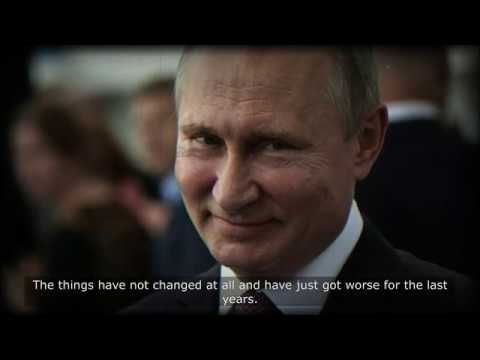
For several weeks now, official government media of the Russian Federation have proudly reported that the Russian Federation has negligibly low morbidity and fatality rate from coronavirus as compared to the whole world, and particularly to the US and the EU states. It’s morbidity rate is so low that they even managed to send medical professionals and health care supplies to Italy which is down on its luck with its fruitless struggle against the COVID-19 pandemic. By all means, the Russian Federation should have both an excellent culture and top-level medical system which is capable of addressing pandemic crisis of such a scale.
Or perhaps not.
In fact, the health care system in Russia is in trouble. Medical facilities slip into a decline, personnel’s incomes are disappointing and all of them feel shortage of modern efficient healthcare equipment. As Deutsche Welle stated in a story of December 2019, “According to surveys conducted by various medical unions, Russian doctors actually earn the equivalent of €600 per month (about $648.00), even less than a courier. ”Visiting a Russian medical facility can be quite stressful and even terrifying experience. Exceptions were made for the top-level patients who may be treated in recently built medical facilities where the price for medical care is not affordable for the usual Russian citizens. In fact, an ordinary Russians have not a gaudy lot, as the only option available for them in a health care system is the level of Soviet-time public hospitals built throughout the state.
The 26 years-old Icelandic girl who turned into the hospital in Russian suburb to treat the chest pain told The Independent her story, and that is not for those weak-nerved! As she wrote in her blog, currently deleted, “The floor was soaking wet and muddy, and the toilet was jammed full of urine and feces.” She tried to avoid touching anything in a restroom, since “the sink was full of blood.” To cope with the stink she had to string a jumper to her nose. Doctors proposed to make an operation to ascertain that her body organs are okay. She refused and signed out from the hospital, she has been diagnosed heartburn later…
And this is quite a common experience.
Russian resident Svetlana confirmed a lot of the details of the story above based on her experience of applying to the Russian medical facilities. “Most public clinics are from Soviet Union times. They are very old and need renovation. Paint is peeling, ceilings often have holes and water marks where the rain pours in, lights are broken, patients sit or lie on the floor in hallways, and bathrooms are disgusting. If they have modern medical equipment, which is rare, no one knows how to use it so it sits unused. Doctors and nurses are rude and tell you only basic facts about your medical condition and get angry if you ask questions. You cannot even see your own medical file. You must wait for weeks or months for an appointment.”
“Except for expensive private dentists, dental patients in public clinics do not receive anesthesia for any dental procedure, regardless of how complicated or painful.” Difficult to believe, isn’t it? However, other Russian citizens confirmed Svetlana’s words about the lack of anesthesia in dental clinics and general condition of the health care system as well. They also add that no one Russian goes to a clinic or dentist unless they have intolerable pain or some severe life threatening illness. In all other cases the use the advice from their friends and relatives, as well as take them from the web.
Well, if an average Russian fears the health care system like the plague and treat the viral symptoms (low-grade fever, sore throat or runny nose) by themselves, they have no chance to be tested for coronavirus. Even if they wanted to get tested, there are not enough hospitals to provide them with such aid. Report of the Russian State Statistical Service published by Borgen Magazine in 2018 showed lack of critical facilities in Russian provinces, “In rural areas, 17,500 towns and villages have no medical infrastructure whatsoever. According to the State Statistics Service, the number of health facilities in rural areas fell 75 percent between 2005 and 2013. This number includes a 95 percent drop in the number of district hospitals, and a 65 percent drop in the number of local health clinics.” The situations with hospitals has slightly improved for the past several years, though it is still disastrous in terms of health care staff, as far as significant loss of doctors was caused by low wages.
In this context it worth turning to the question about low COVID-19 morbidity rates. On April 1, the statistics confirmed 2237 cases with 23 deaths. President Putin immediately boasted that situation in Russia is a lot better than in Europe and generally is kept “under control.” Moscow Mayor Sergei Sobyanin was not the same optimistic admitting that “The testing volume is very low, and nobody knows the real picture.” At least someone called it what it is.
The truth is that the real number of Covid-19 cases and death toll in Russia are beyond the statistical data of the Russian authorities, because the majority of the Russian citizens prefer home treatment and visit doctor in an extreme case, if ever. That is, none of them has been tested for the Covid-19. It’s quite simple. Also, a lot of them consider obeying rules and keeping social distances and safety precautions something more than necessary, especially when it comes to some inconveniences to their way of life. With the latency period enduring for 2-3 weeks and a great many of Russians sitting now at home it is highly probable that increasing number of those suffered from coronavirus is a matter of time.
Needless to say, given the fact that Russians get used to home self-treatment and disregard the restrictive rules introduced to tackle the coronavirus pandemic, the real extent of crisis caused by COVID-19 may be unknown for a long time. Such obscurity plays into hands of the Russian authorities, which are not willing to tell the truth to their citizens and to the world as well. However, nothing is secret that shall not be made manifest, though by that time our world may become a very different place of living.
Source: https://igtds.org/2020/04/russian-covid-19-numbers-as-dangerous-propaganda/
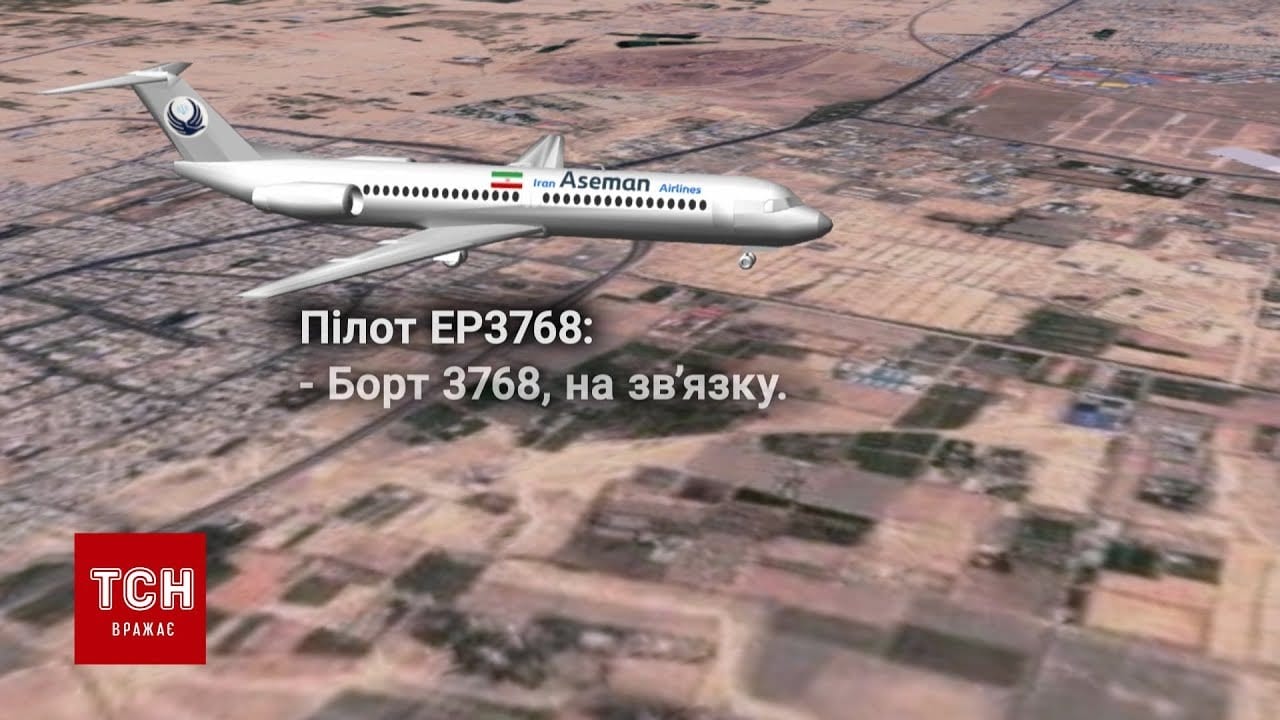
The record proves that the Iranians saw the missile from the moment it was launched and to the very moment it hit the Ukrainian plane.
In breaking news from Ukraine, intercepted communications were released by TSN.Tyzhden between Tehran Airport tower and second pilot of Iran’s Aseman Airlines flight at the time of the crash of Ukraine International Airlines flight PS752. The Iranian civilian plane’s pilot saw both the missile launch and the blast, audio recordings, TSN says were received from intelligence services, prove. “But most importantly, the record shows that Iranian airline services didn’t simply conceal the true cause of the UIA plane crash.
The record proves that the Iranians saw the missile from the moment of launch and to the very moment it hit the Ukrainian plane,” the report says. The Ukraine Airlines flight PS752 took off from Tehran Airport at 6:20 on January 8, 2020. At the same time, the Iranian flight Shiraz-Tehran, EP3768, operated by Aseman Airlines was preparing to land in Tehran. In about three minutes, an Iranian pilot saw a missile being launched.
The following is a complete transcript of intercepted communications between Tehran tower and flight 3768 (including a bit between tower and PS752).
The recording time is 05:12 Tower: – Good morning, Ukraine International Airlines 752 (inaudible), departure identified alt 260, climb to 6000 feet, turn right to Paroch.
Tower: – After 6000 feet to Paroch.
Pilot EP3768: – We are approaching from the north, 3768.
Tower: – Good morning, 3768.
Tower: – Aseman 3768 (inaudible), identify 3343 left, level 110.
Pilot EP3768: – Flight 3768, come in.
Pilot EP3768: – We are approaching from the north, 3768.
Pilot EP3768: – No, sir? Pilot EP3768: – Zone 320, active for passage? Tower: – GPS (inaudible).
Pilot EP3768: – Flares on route, as if from a missile. Should anything like this be happening there?
Tower: – Zone 320? How many miles away? Where? EP3768
Pilot: – Can’t say for sure. But I think it is near (air field) Payam, (city) Karaj.
Tower: – How many miles? Where?
Pilot EP3768: – I now see the light as it flies off of there.
Tower: – We were not informed of this.
Tower: – How does it look like? What does this light look like?
Pilot EP3768: – That surely is the light from a missile.
Tower: – It’s not flying toward the city (Tehran), is it?
Pilot EP3768: – It might be… Oh, no it was flying from the direction of the city.
Tower: – We were informed nothing, but keep watching.
Pilot EP3768: – Okay. I’m getting on the landing course.
Tower: – “Ukraine International Airlines” 752, do you read?
Tower: – “Ukraine International Airlines” 752, do you read?!(message repeated several times from 02:27 to 04:25, unanswered)
Tower: – “Aseman” 3768, 9000 (inaudible), landing course.
Tower: – “Aseman” 3768, everything, you see nothing else up there?
Pilot EP3768: – Mr engineer, we saw an explosion, a big flare from the explosion, we don’t understand what it is.
Tower: – We don’t know for sure…
Pilot EP3768: – Is our course OK?
Tower: – Yes, I don’t think there will be any problem for you.
Pilot EP3768: – God forbid!”
As UNIAN reported earlier, on the morning on January 8, a Ukrainian passenger jet operated by Ukraine International Airlines, flight PS752 Tehran-Kyiv crashed shortly after takeoff from the Tehran airport. All 167 passengers and nine crew on board died in the crash. The whole crew and two passengers were Ukrainian citizens. The next day, 45 Ukrainian experts in various fields took off to Tehran to examine the circumstances of the incident. All Ukrainian carriers suspended flights in the Iran and Iraq airspace pending probe.
From the outset, the Iranians said that it was a technical issue that caused the crash. However, on the evening of January 9, several leading U.S. editions and TV channels reported that the Boeing 737-800 operated by Ukraine International Airlines had been mistakenly shot down by Iran shortly after taking off from Tehran Airport. Photos of video footage showing missiles that could have downed the plane, as well as video of the moment of the crash, were shared on social media and made it to global news. Canadian Prime Minister Justin Trudeau and UK Prime Minister Boris Johnson, citing intelligence and allies, said the plane was hit by an Iranian ground-to-air missile. U.S. President Donald Trump called the plane crash suspicious, adding he believed that the plane could crash over certain “mistakes” made in Iran. The next day, Ukrainian experts, who worked at the scene and eventually gained access to the wreckage of the jet’s front part, also found evidence of the missile hit.
On the morning of January 11, Iran officially acknowledged that the Ukrainian passenger jet was downed by a missile. The official statement said that the tragedy had happened as a result of a “human error”. The civilian plane was mistaken for a hostile object after it turned toward a military facility operated by the Islamic Revolutionary Guard Corps. Iranian President Hassan Rouhani called the tragedy “an unforgivable mistake” and said the country would continue to investigate the incident. In his turn, Ukrainian President Volodymyr Zelensky said that “It wasn’t a good morning but it brought us truth.” Zelensky responded to Iran’s statement confirming the UIA was hit by a missile, saying that Ukraine expects Iran to fully acknowledge the guilt for downing the UIA plane, investigate the incident, and repatriate the bodies of victims.
Source: https://t.me/PS752/121

From the arrest of Julian Assange, to the UK election campaign, last year saw
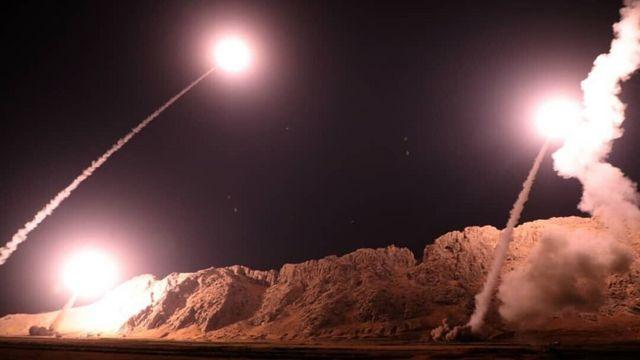
Iran Will Likely Use Asymmetric Warfare to Expel the U.S. From West Asia When
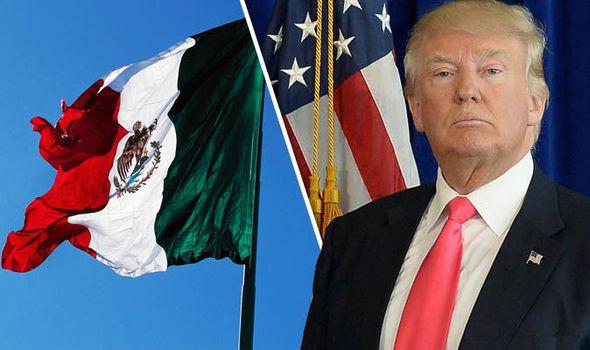
U.S. Orchestrates Mounting Pressure Against Patriotic Socialist Obrador.. Mexican President Andrés Manuel López Obrador,
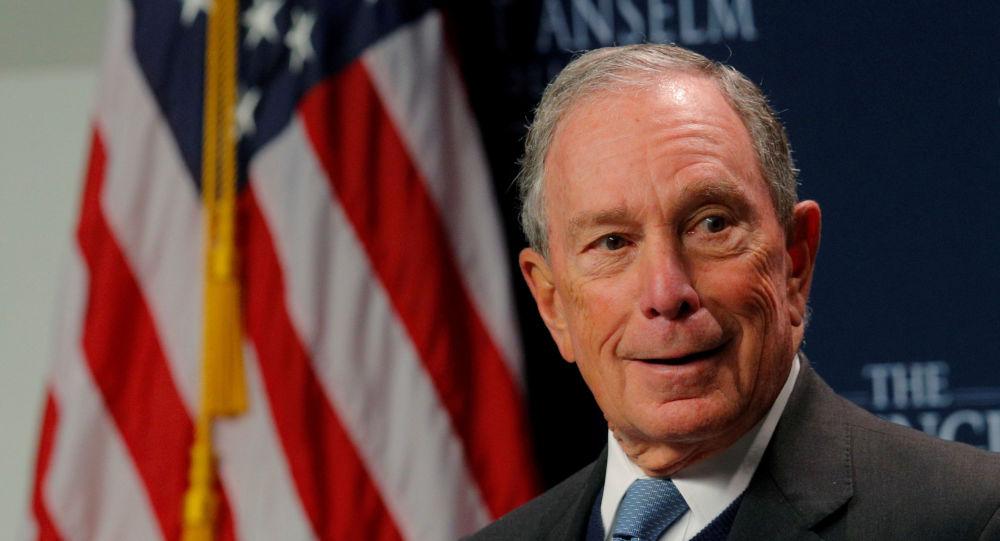
Nobody in the Democrat Party cares about Michael Bloomberg.. In the year of campaigning
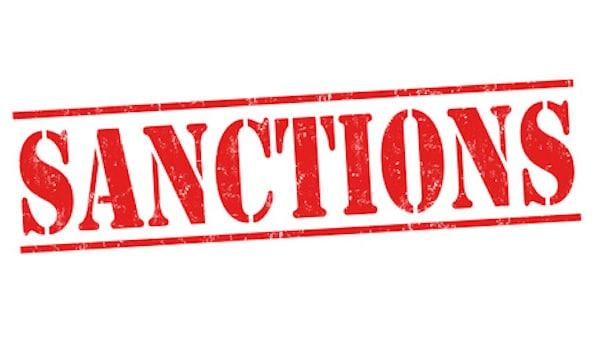
In what could be the third implementation of the 2017 CAATSA meant to curb
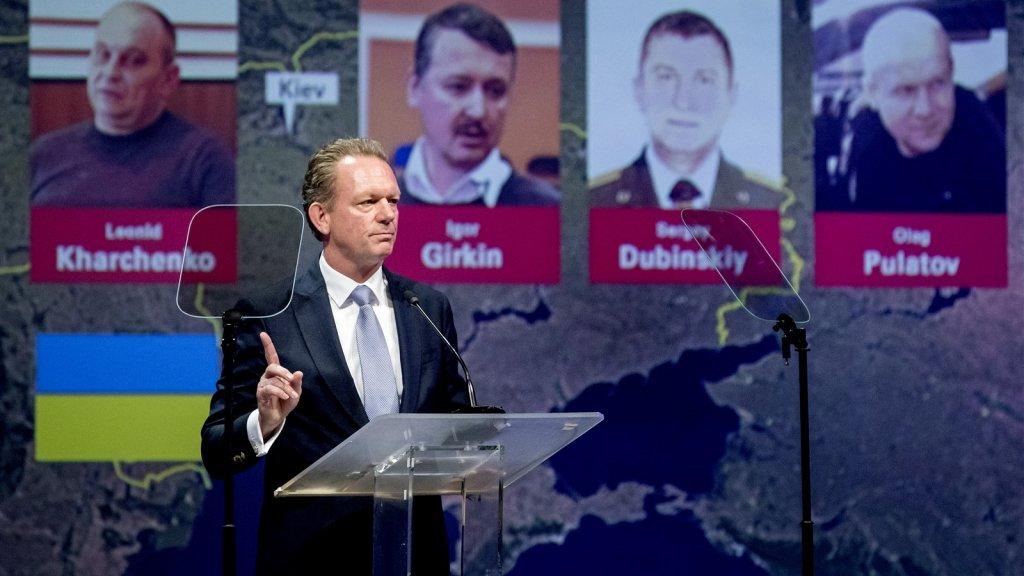
Too many questions about the catastrophe still remain unanswered.. Five years ago on July

The video below shows what happens when truth meets lies and liars. The looks
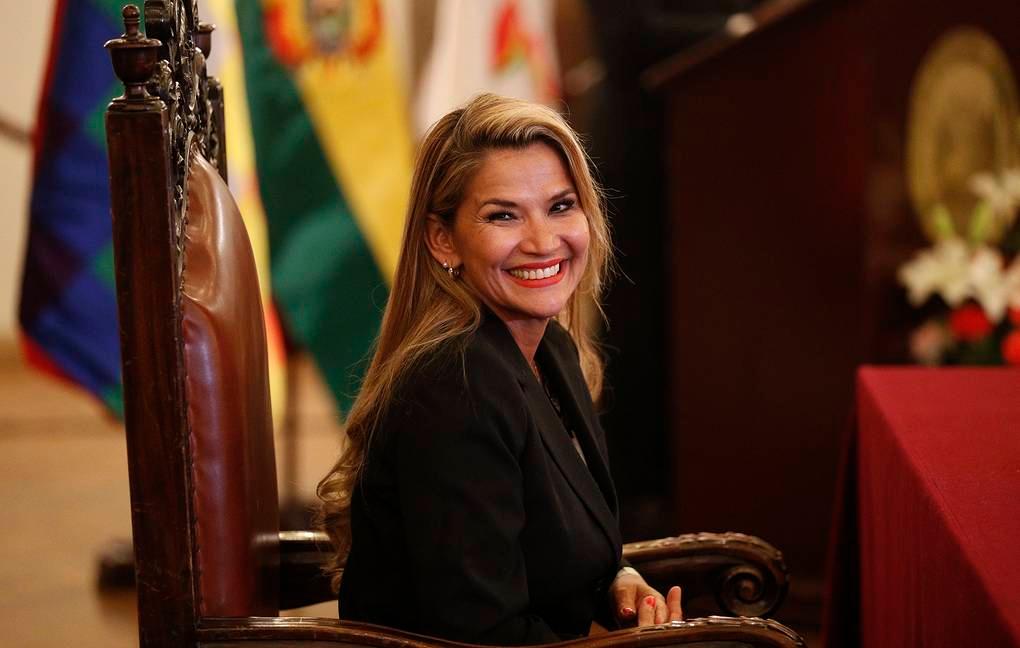
Evangelicalism and the Military United in Bolivia Against Morales.. The de facto and unelected
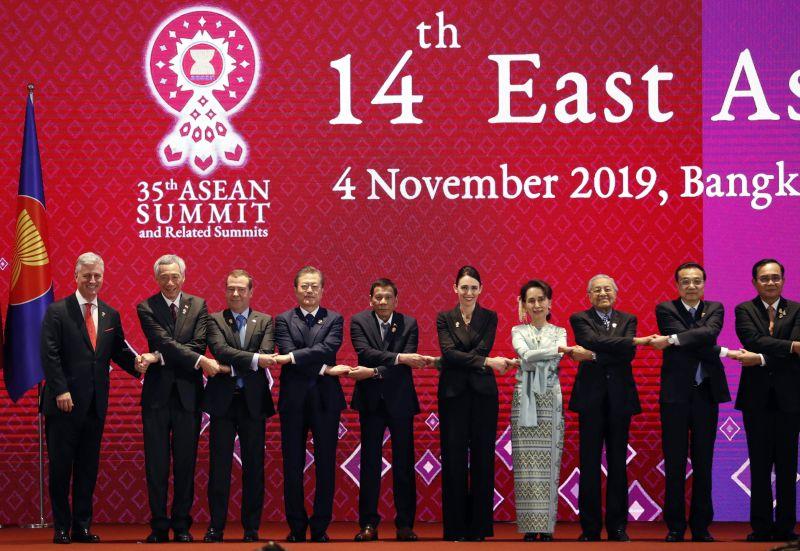
US President Loses in Southeast Asia With His Snub of ASEAN as China Gains
